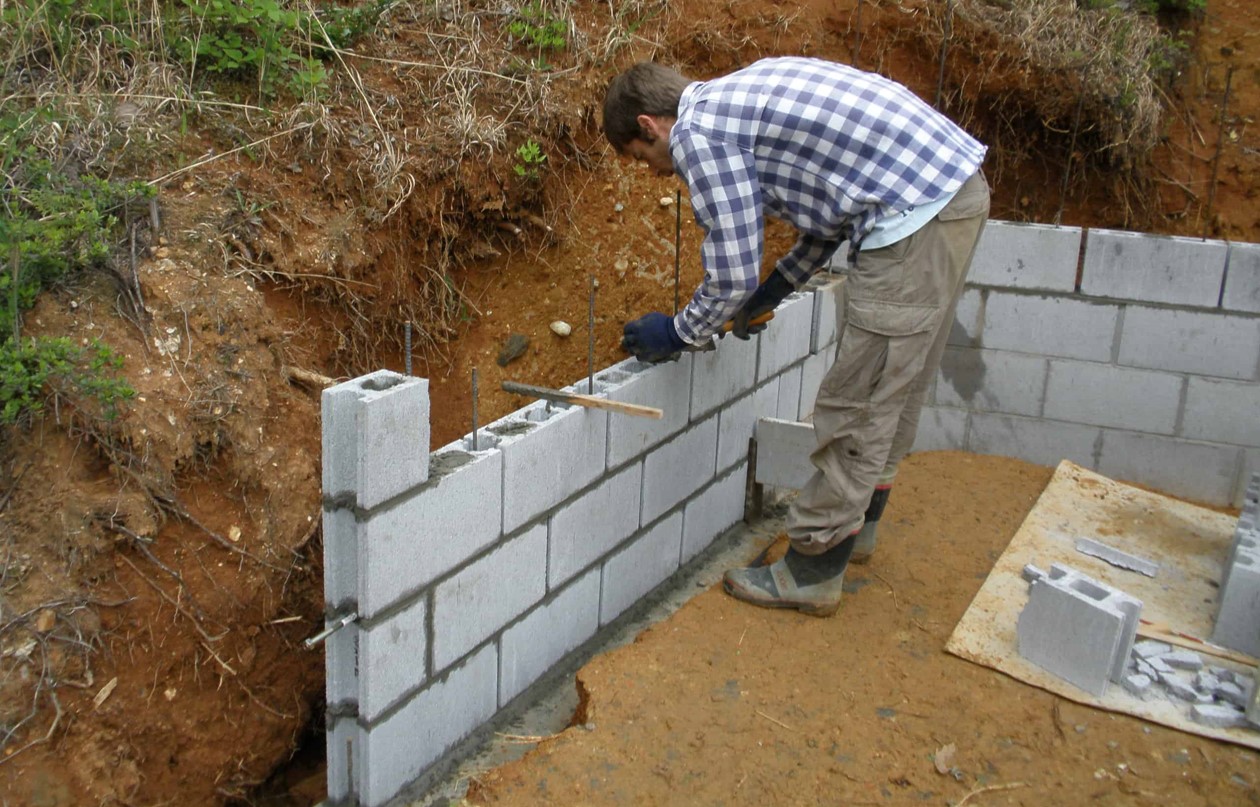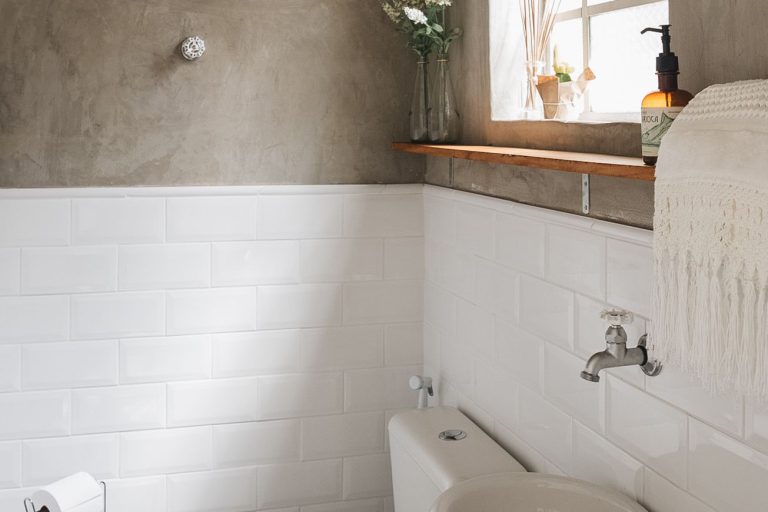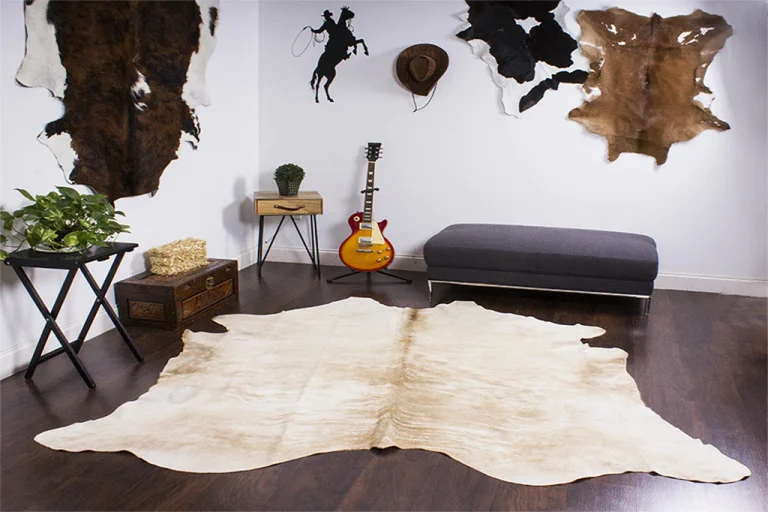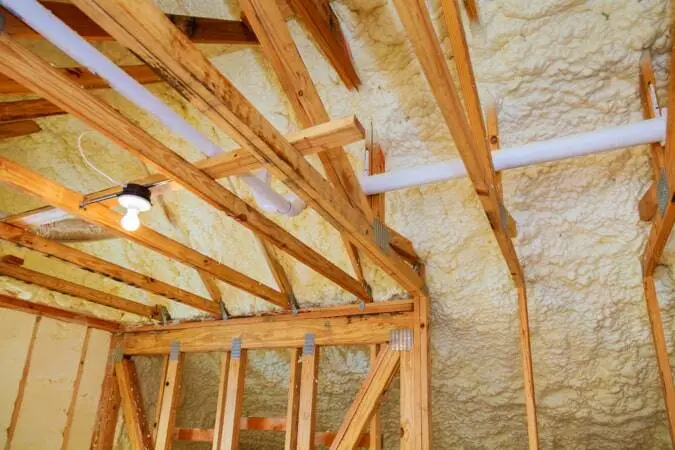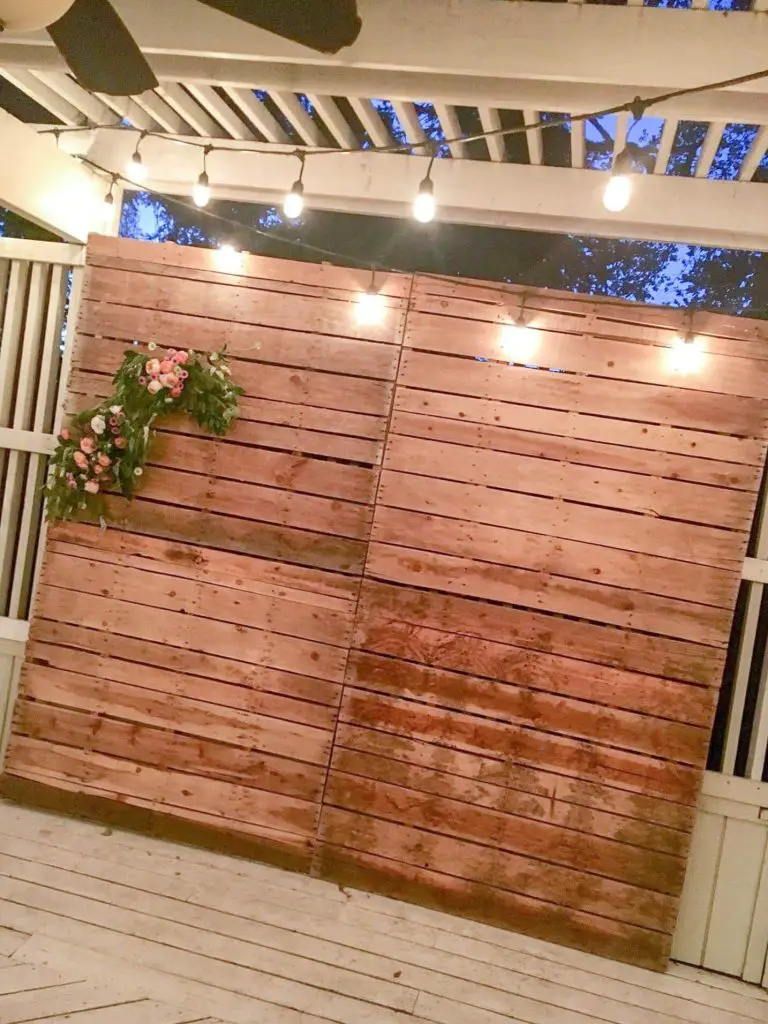When is a Retaining Wall Needed
A retaining wall is a structure that holds back soil, water, or other material. It is usually built to prevent erosion, but can also be used for decorative purposes. There are many different types of retaining walls, and the type you need will depend on the conditions of your property and the amount of land you need to support.
The most common type of retaining wall is the gravity wall, which uses its own weight to resist pressure from the soil behind it.
If your home is in an area with hilly or sloped terrain, a retaining wall may be necessary to prevent soil erosion and land sliding. A retaining wall can also be used to create level areas in your yard for gardening, entertaining, or simply enjoying the outdoors. When deciding if you need a retaining wall, consider the following:
-The height of the slope – A taller slope will require a taller retaining wall. -The type of soil – Sandy or loamy soils are less likely to erode than clay soils. -The amount of rainfall – More rain means more runoff and greater potential for erosion.
– The purpose of the retaining wall – A wall that is solely decorative will not need to be as strong as one that is holding back a large amount of earth. If you think you may need a retaining wall, consult with a professional before proceeding. They will be able to assess your specific situation and recommend the best course of action.
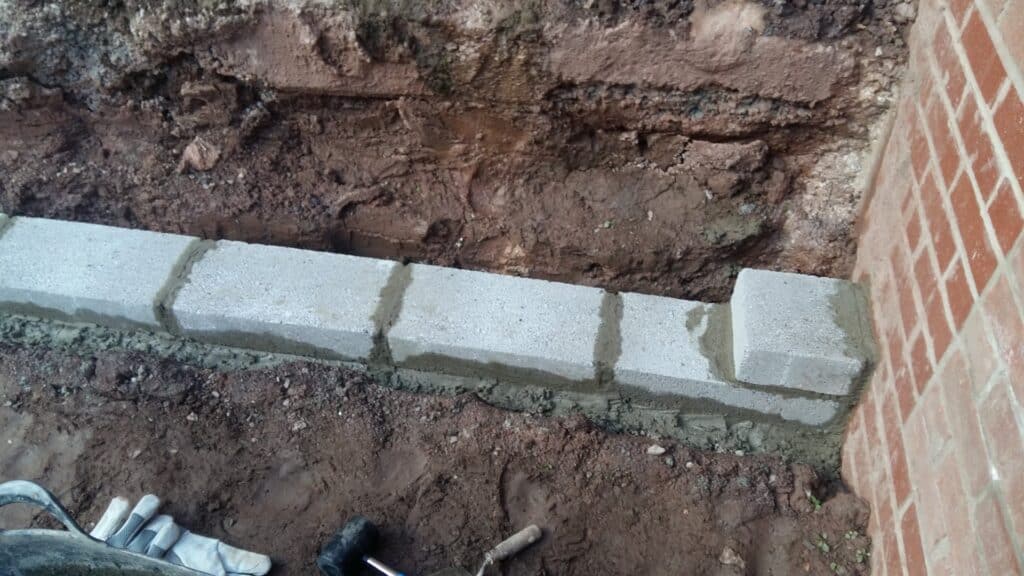
Credit: www.cohesivehomes.com
How Do You Determine If Retaining Wall is Needed?
When it comes to your home, one of the most important things you can do is make sure that your foundation is strong and stable. This is why many homeowners choose to build retaining walls around their properties. But how do you know if you need a retaining wall?
Here are a few signs that it might be time to start looking into this construction project:
1. Your yard is sloped or uneven. If your yard slopes down sharply or has a lot of uneven areas, then a retaining wall can help to level things out and prevent soil erosion. Over time, those slopes and uneven areas can become worse, so it’s best to nip the problem in the bud with a retaining wall.
2. You live in an area with high rainfall or flooding potential. Retaining walls are great for preventing runoff water from damaging your foundation or landscaping. If you live in an area with high rainfall or flooding potential, then building a retaining wall should definitely be on your radar.
3. You want to add some visual interest to your landscape design. In addition to being functional, retaining walls can also be quite beautiful when done right. If you’re looking for ways to add some visual interest to your landscape design, then consider incorporating a few carefully placed retaining walls into the plan.
What Slope Does Not Require a Retaining Wall?
A slope that is not too steep does not require a retaining wall. A gentle slope, for example, may only need some basic landscaping to keep it in place. The steeper the slope, the more likely it is that a retaining wall will be necessary to prevent soil erosion and other problems.
Is a Retaining Wall Always Necessary?
When it comes to retaining walls, the answer is not always cut and dry. Whether or not you need a retaining wall depends on a variety of factors, including the slope of your yard, the soil type, rainfall, and more. Ultimately, it’s best to consult with a professional to get an accurate assessment of whether or not a retaining wall is necessary for your home.
That being said, there are some general situations where a retaining wall may be necessary. For example, if you have a steep hill in your yard that is prone to erosion, a retaining wall can help keep the soil in place. Similarly, if you live in an area with high rainfall, a retaining wall can help prevent water from washing away your landscaping.
In short, if you’re dealing with any sort of unstable terrain, a retaining wall may be the best way to ensure that your yard stays put.
How High Before You Need a Retaining Wall?
A retaining wall is a structure that holds back earth or water. It is usually built parallel to the slope of the land, and so needs to be strong enough to resist the pressure of the soil or water behind it. The height of a retaining wall will depend on several factors, including:
-The type of material the wall is made from -The angle of the slope behind it -The amount of weight or pressure that needs to be held back
In general, most retaining walls need to be at least 3 feet (1 meter) tall in order to provide adequate support. However, there are some cases where a taller wall may be needed. For example, if you are building a wall on steep slopes or near an area prone to flooding, you will likely need a taller wall.
If you are unsure how high your retaining wall should be, consult with a professional engineer or contractor who can help you determine the best height for your particular project.
Why and When you would need a Retaining Wall. Active Fencing and Retaining
Maximum Slope Without Retaining Wall
The maximum slope that can be built without a retaining wall is determined by the soil type, compaction of the soil, and the angle of repose for the particular type of soil. The angle of repose is the steepest angle at which loose material will remain on top of another without sliding down. For example, if you were to sprinkle sand on a flat surface, it would eventually form a cone-shaped pile with a slope equal to its angle of repose (usually between 30 and 45 degrees).
The steeper the slope, the greater force is required to keep the sand from sliding down. The same is true for building a hill; if it’s too steep, eventually it will collapse under its own weight. There are three main types of soils: coarse-grained (sandy), fine-grained (clayey), and organic (peaty).
Each has different properties that affect how much weight it can support before collapsing. Coarse-grained soils have large particles that don’t bind together well, so they have low angles of repose (around 20 degrees). This means they can be built up into very steep hills without collapsing.
Fine-grained soils have small particles that bind together well, so they have high angles of repose (around 40 degrees). This means they can’t be built up into as steep of hills before collapsing. Organic soils are somewhere in between; their angles of repose depend on how much decomposition has occurred (the more decomposed, the lower the angle of repose).
In general, slopes up to about 33% (or 1 in 3) can be built without a retaining wall for all but the most sensitive environmental sites or those subject to high rainfall intensity or waves. Slopes steeper than this will usually require some kind of retaining structure at some point along their length to prevent failure.
Conclusion
A retaining wall is needed when there is a change in elevation between two areas of land. The wall helps to support the soil and prevent it from eroding or sliding.
